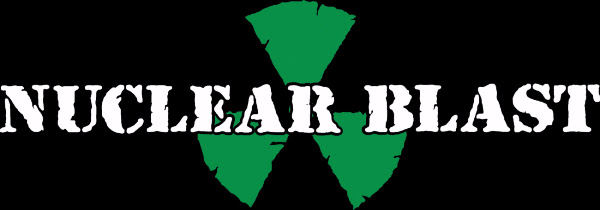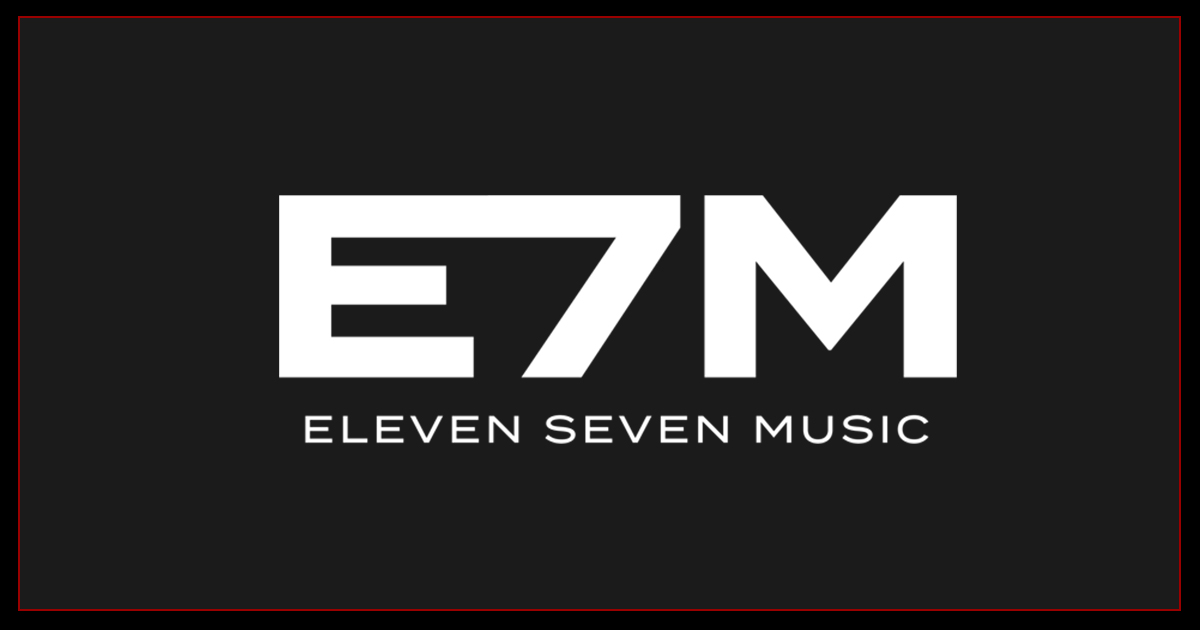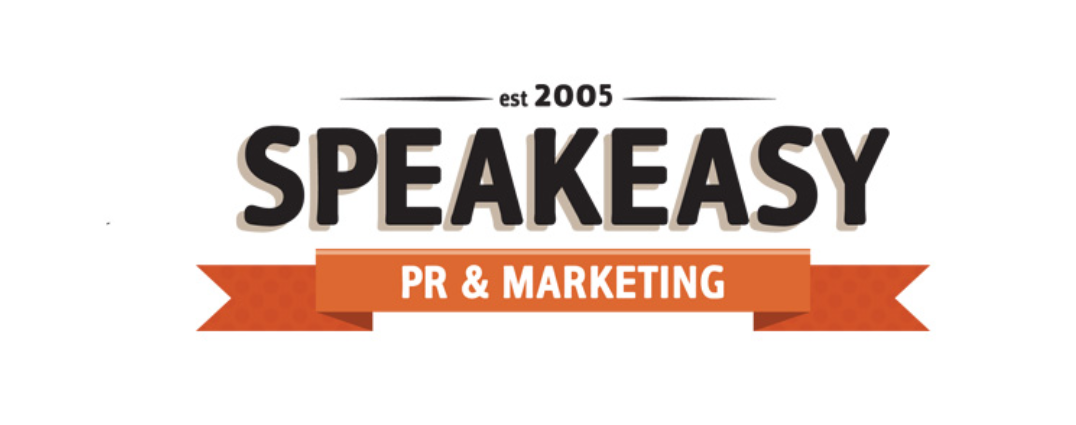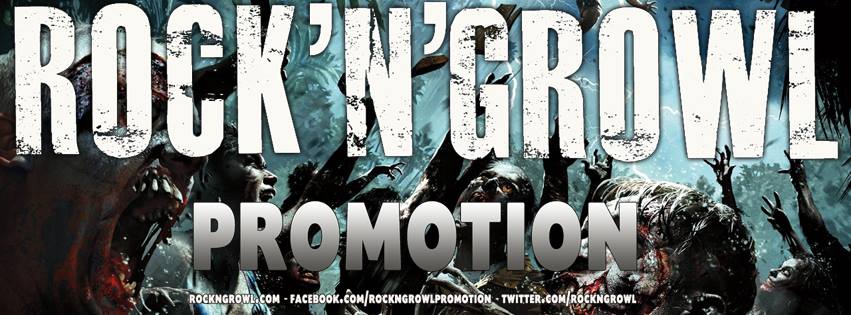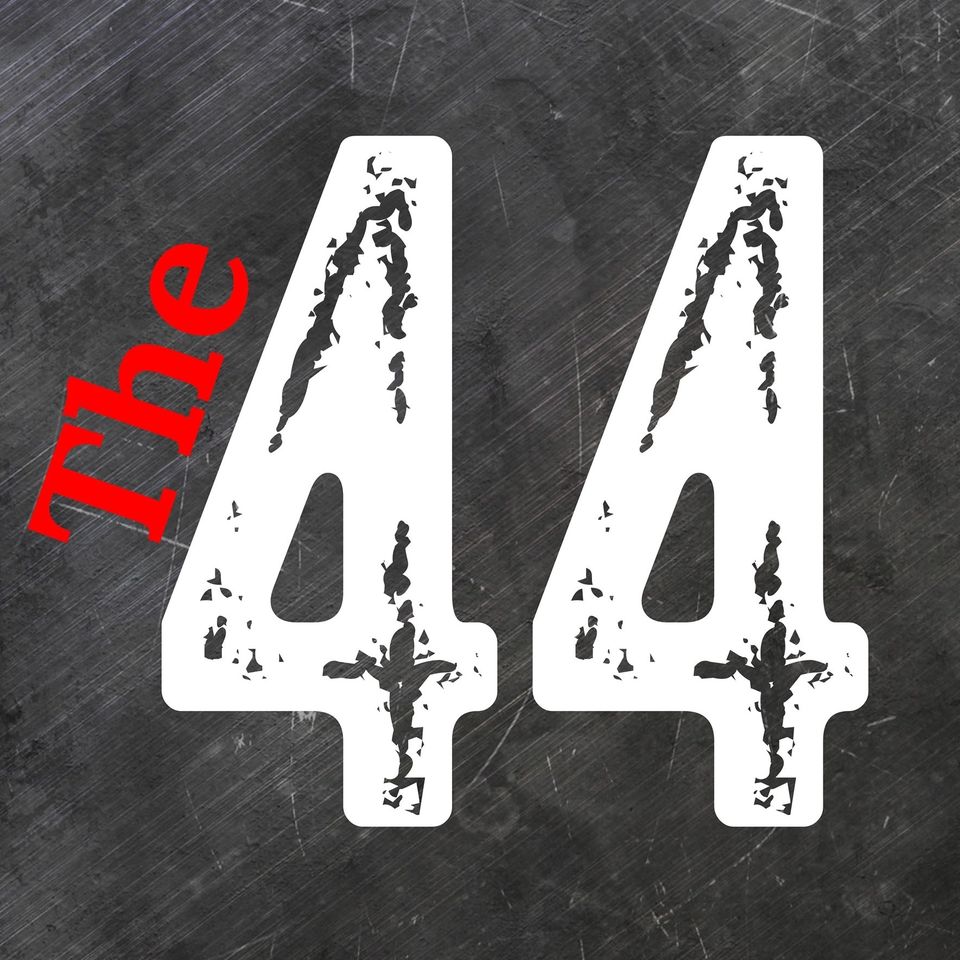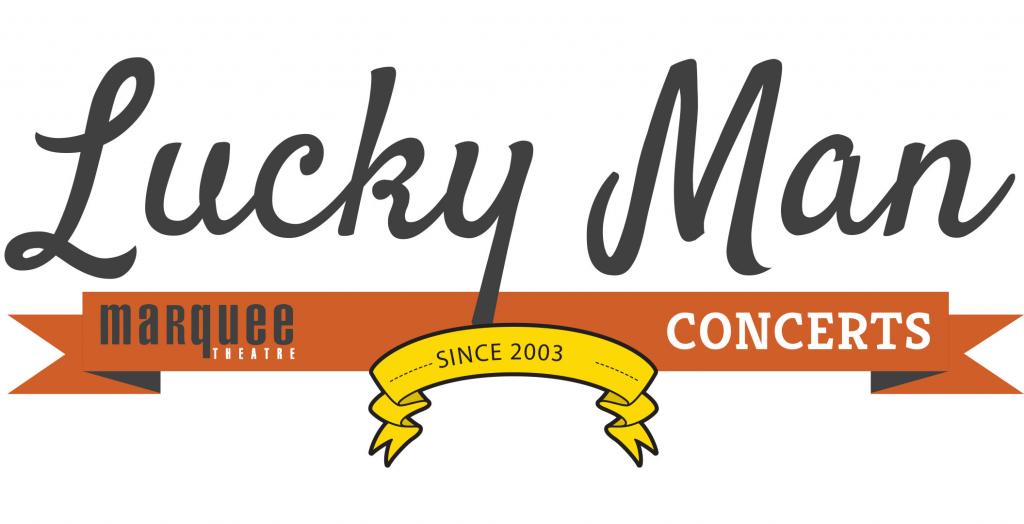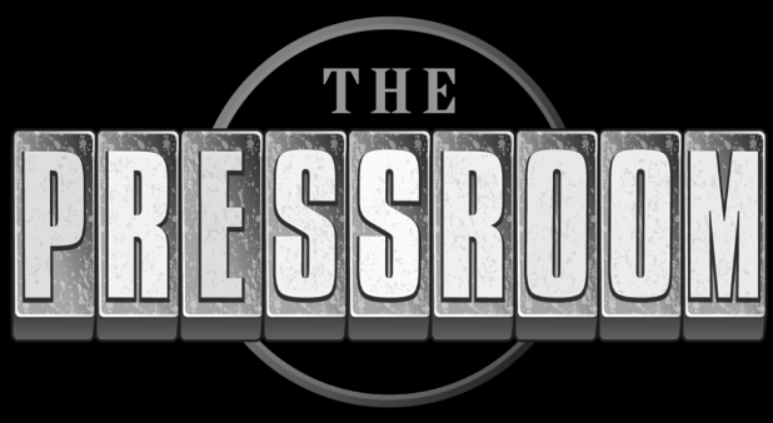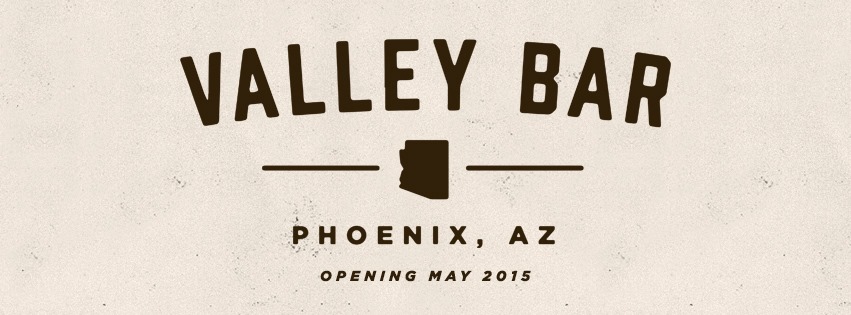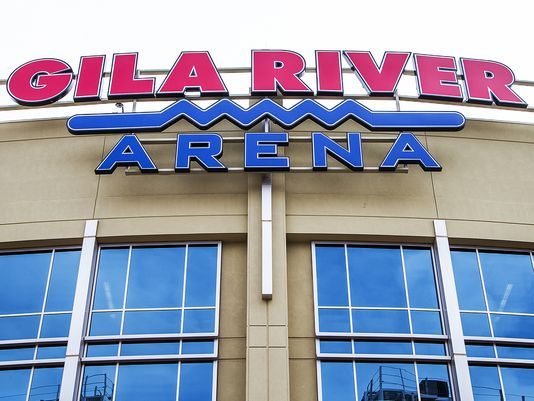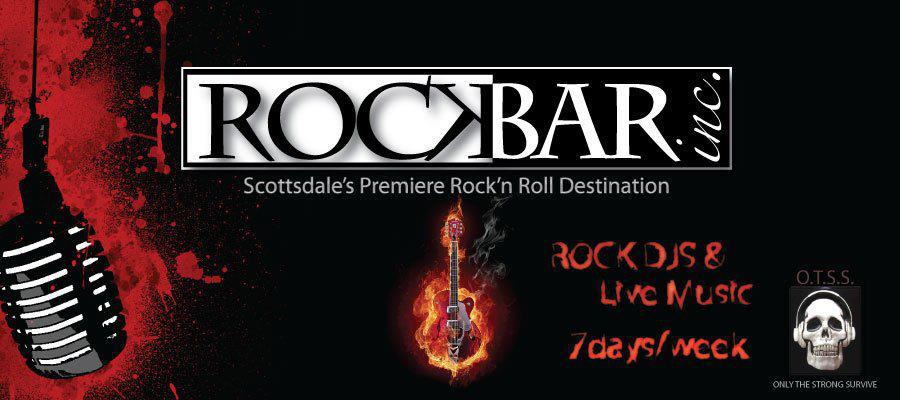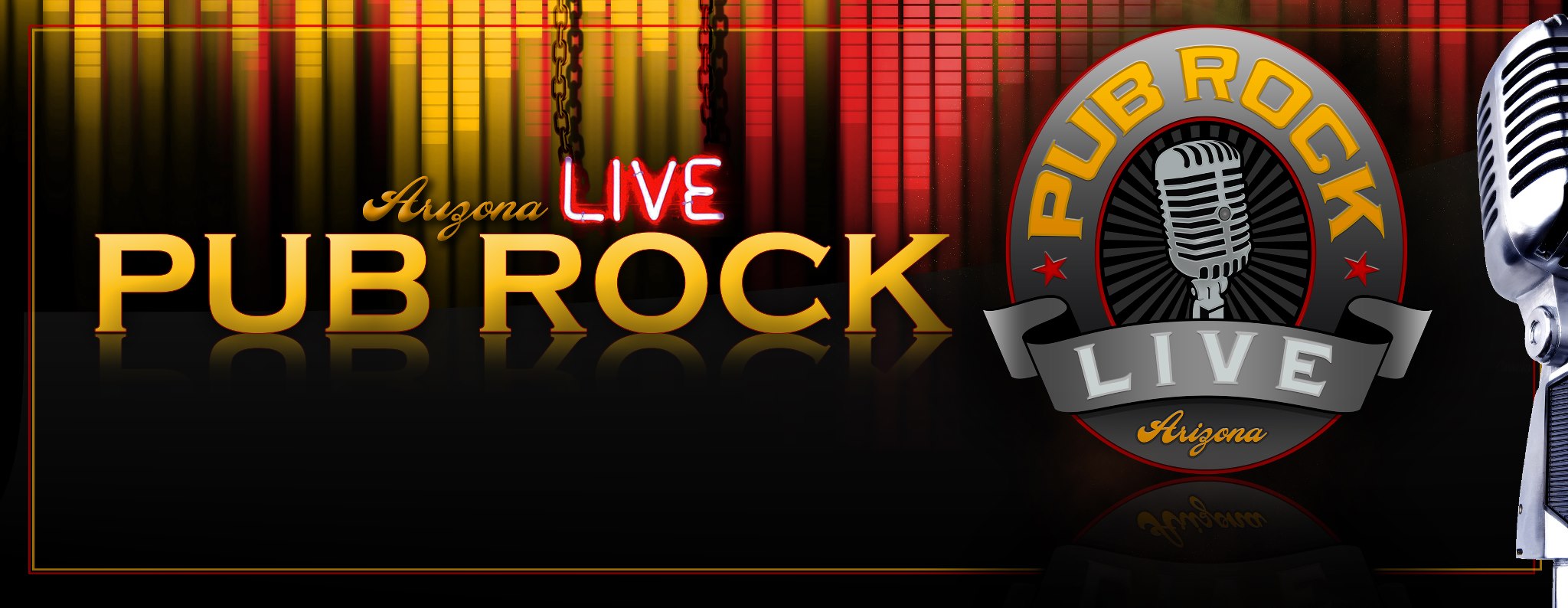Near Indian School Road and Interstate 17, the foot traffic is constant.
The pedestrians congregate in parking lots, shade themselves near a vacant storefront or settle next to a stray shopping cart.
The central-west stretch of Indian School offers little by way of commerce aside from title loans and storage facilities, and in some ways feels all but forgotten.
How many violent crimes happened this year in your ZIP code? Scroll down to see our interactive map. App users, click here.
Yet it remains one of the most populated areas in the city, and every day Phoenix police are reminded of the troubles that lurk here.
In the past several years, the corridor has been the epicenter of crime in Phoenix. Especially east of the freeway, the area has seen more concentrated reports of robberies, aggravated assault, rapes and murders than anywhere else in Phoenix.
“It’s so bad … We’re out constantly finding syringes,” said Jessica Natividad, an assistant manager at a pawn shop just west of the highway. “There have been times we’ll be out there and we’ll find, like, 16.”
Jay Aung, a Burmese immigrant who works at a 7-Eleven at Indian School and 27th Avenue said he and co-workers call police nearly every day to report thefts and parking-lot fights. Aung said another employee once got attacked while he was cleaning up outside.
“We have a lot of cameras, but they don’t care,” he said. “This area, this is a bad area. A lot of danger.”
More violent crime than ZIPs in Maryvale, south Phoenix
Although Phoenix crime has been on the decline for the past several years, police heat maps show persistent criminal activity near the Indian School overpass.
The freeway intersection is a hot spot within a hot spot. It straddles the two ZIP codes that generate more violent-crime reports to Phoenix police than any of their counterparts.
Crime density in recent years hasn’t been the highest in south Phoenix or Maryvale, said Trent Crump, a former Phoenix police spokesman who was interviewed before his recent retirement.
“Our (violence impact) programs and our hot spots have really focused along the I-17 corridor from Indian School north.”
So far in 2016, ZIP code 85017 produced 199 reports for violent crime, followed by ZIP code 85015, which generated 196.
The third-highest was ZIP code 85008 in east Phoenix with 175 reports, followed by ZIP code 85051 with 166.
Nicole Lilly, a young woman living in a complex to the west of the highway, said she just moved to Phoenix from Show Low to be closer to her family. She wasn’t aware of area’s reputation until her dad warned her, after she already moved in.
“He was like, you better be careful out there, don’t walk at night,” she said while walking her dog during a weekday. “I’ve seen drug deals go down there …I’ve seen women walking up and down the road looking kind of risqué … I’m gonna try to save up money to move out.”
But perhaps no other feature factors so predominantly in the area as its apartment complexes. The area bordered by 27th and 19th avenues and Indian School and Camelback roads houses 15,192 people, according to 2014 census data, making it the most densely populated square mile in the city.
“In the 1970s, the city of Phoenix thought that they were going to create this haven of multifamily housing, and they did,” said Randy Roberts, chairman of the Westwood Community Association.
App users, see a map of violent crimes by zip code here.
Since then, though, Roberts feels the city hasn’t paid much attention to supporting the area of four-, 10, and 20-plex apartments, and said they have become a magnet for slumlords and criminals.
“When you have a large density of population, you are going to have a large density of crime,” he said. “You’re also going to attract people who want to sell drugs and do other things, based on having a larger base for their crime.”
Roberts said he’s pushing to rezone the area in a way that would force Phoenix to purchase the properties as they go for sale.
“They are the ones who zoned us this way in the first place,” he said. “Not me, not my neighbors …no one else is responsible but the city of Phoenix.”
City, Council member hopes to bring change
When Councilwoman Laura Pastor ran for office in 2013, she, too, was under the impression that crime concentrated to the south and west, rather than in the heart of her District 4.
Pastor said she met with a resident who had led the charge in revitalizing the area during the terms of several mayors until her death in 2014.
“I met with Donna Neill and really said, ‘I have a strong interest in revitalizing this area and cleaning it up, so that it goes back to a place of safety and comfort and jobs — economic development,’ ” Pastor said. “That was one of my promises to her.”
Today, Pastor said one key message is urging residents to reach out to police if they become a victim of a crime. There are 27 different languages spoken in the area, she said, many of them coming from refugee communities who may distrust police.
“If you don’t report, we don’t know that there’s bad behavior,” she said. “Documentation is key to police … to track what’s happening.”
Pastor said she’s also working to urge more apartments to become crime-free certified, and said it’s feasible for the city to purchase properties, as Roberts suggests.
“The city has (purchased properties) in the past, through grants and where funds are available,” she said. “That’s probably a possibility for the future, but I can’t see that happening at this moment.”
Ultimately Pastor said she’s encouraged by the programs that have already been put in motion — a new international rescue aquaponics facility, remodeling of various apartments and a burgeoning business alliance to draw developers to properties along the light-rail route.
“It’s a long-term solution,” Pastor said of the various projects. “There are efforts being done now; it’s just going to take time.”
An alternative approach to policing
Phoenix police Lt. Nick DiPonzio of the area’s Mountain View precinct said the area’s hot spots are “cooling down” with a new focus on enhancing some of the quality-of-life aspects of the area.
“I think we used to look at it in an old-school way of policing: Arrest the bad guys, expect the problem to solve itself,” he said. “But you take the bad guy out, another guy’s just going to take their place.”
DiPonzio said the department is looking to the “broken windows” theory of policing now for the area — the concept that rooting out lower-level offenses and blight will thwart more violent crime.
He said officers are working with apartment managers to require background checks for their tenants and looking to bring in more trash bins to help people clean up their yards.
In the past two years they’ve also been partnering with federal agents to target the hard-core criminal element in the area, he said.
“On the east side of the highway, our big problem was drugs, and we had a significant spike in violent crime at the beginning of the year,” he said. “We developed a partnership with the FBI, and we were able to use that as a team to identify who’s the drug suppliers in that area.”
Secondary hot spot
Other areas of central-west Phoenix have commanded a growing police presence in the past several years. To officers, there is a perfect storm that occurs daily in the block surrounding 19th Avenue and Camelback Road.
It’s poverty meets blight, meets public transport and its accompanying foot traffic. Confrontations are fueled by liquor stores and single-serving booze within walking distance.
To those living in the area, a drunken brawl or drug deal is an occurrence regular enough to skip the call to police.
“This is an area you have to fight fire with fire,” said Rory Walters, a clerk at a northwest corner convenience store called Eddies, where the main attraction is a tub of $1 tall-boys. The store’s neighbors are Dollar General and Zia record exchange, and the end of the light-rail line for those headed west.
Walters said he doubles as a security guard for Eddies, and that police are often overwhelmed by the volume of calls coming from the area.
“Police can only do so much,” he said on a recent Monday, counting out nickels and dimes used to pay for a customer’s fountain drink. “It’s more about the community, more than anything.”
Desert Horizon precinct Lt. Charlie Consolian said the area of 19th and Camelback has become a hub for both foot and vehicle traffic.
“I think there’s just opportunities for people to hang out in that general area,” he said. “And when people have that opportunity to loiter and mill around, it gives them the opportunity to victimize people, to sell things to, or whatever it may be.”
Pat Jones, resident of a nearby apartment complex, said she’s planning on moving in the next few months. The parking-lot drug deals are conducted in broad daylight, she said, and easily skirt the security guards in the area.
“When we moved here it was kind of quiet,” she said. “But in the last few years it has gotten a lot worse.”
Fighting back with public programs
Police are relying on their Violence Impact Project as the key to turning around west Phoenix. The project works to unite various human-services and public organizations to combat homelessness, drug crimes, prostitution and mismanaged apartment complexes and businesses.
For police, the program involves three surrounding precincts, Consolian said, to avoid pushing the crime onto their neighboring officers.
“Displacement is great for the individual precinct,” Consolian said jokingly. “But for the city that we serve, displacement does nothing for them whatsoever.”
Consolian said police also use their bicycle cop program for face-to-face outreach, and a misdemeanor program to place low-level, repeat offenders with community services.
A root concern for neighborhood activists and police alike is the quality of life: Panhandling, loitering and public urination can drive away families and prospective businesses.
“What we’re trying to do as a city is work with the community to get their solutions as well,” Consolian said. “We can’t always be the driving force.”


